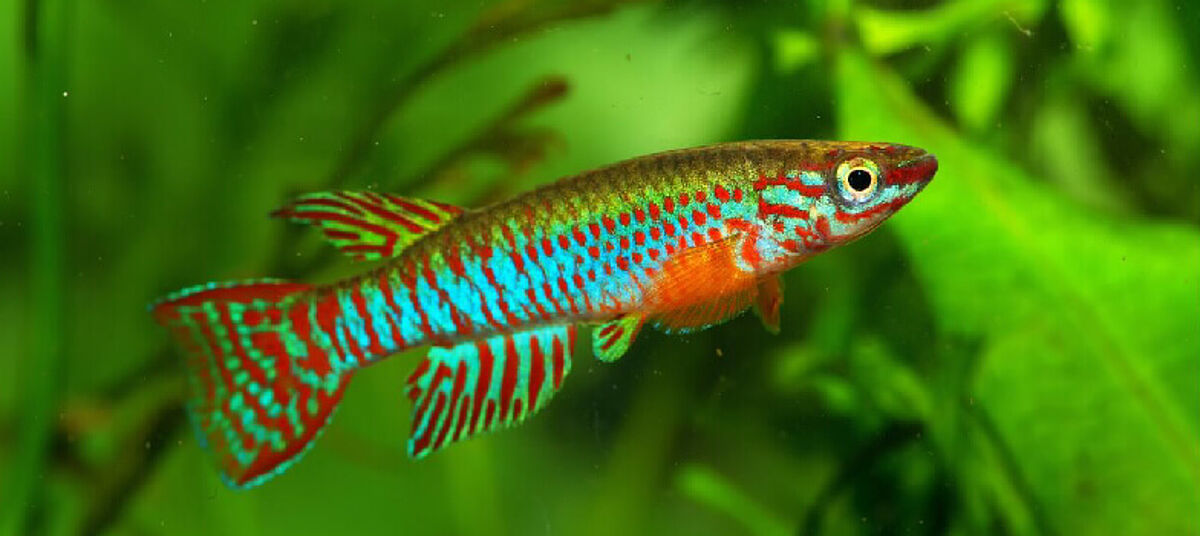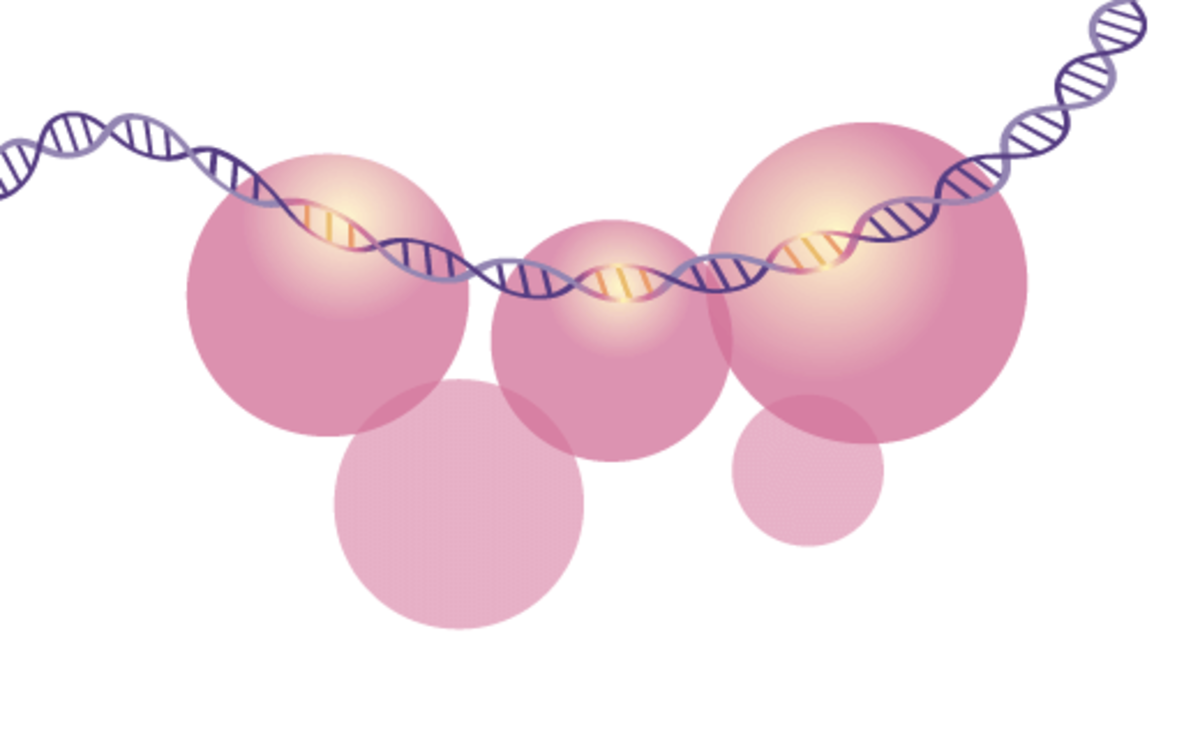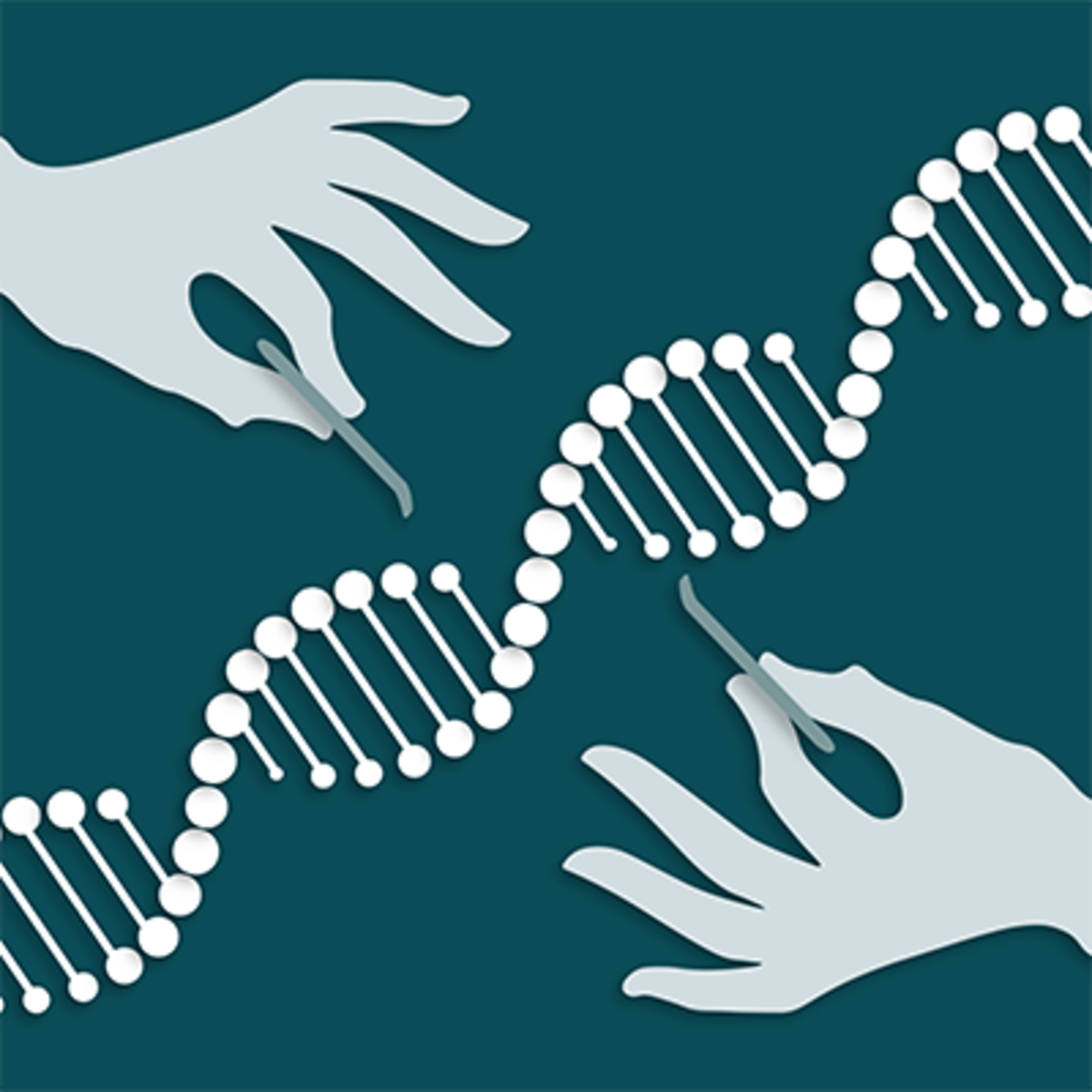Introduction
The African turquoise killifish, or Nothobranchius furzeri to its rather colorful band of friends and family, may be everything you need for your aging-based research. This short-living vertebrate displays many of the hallmarks of mammalian aging despite having an exceptionally short lifespan (3–9 months); therefore, this tiny but mighty fish model has recently become the focus of a wide range of aging-related studies. Let's get to know this killifish better by looking at recent research and highlighting the most exciting advances in epigenetics, CRISPR/Cas9-mediated genome editing, and other exciting research areas.

The well-understood link between aging and epigenetics provided the impetus for the development of epigenetic techniques in the African turquoise killifish and the driving force behind in-depth studies of DNA methylation and histone modification patterns and dynamics. Here, we detail some of the most recent protocols and studies in killifish epigenetics.
Your Guide to Killifish ChIP
A recent publication from Jiaxing Jin, Yixi Yu, and Deqing Hu has provided a much-needed step-by-step guide to carrying out chromatin Immunoprecipitation (ChIP) assays in the African Turquoise Killifish (as part of the book "Emerging Model Organisms," a "must-read"!). The authors describe a detailed experimental ChIP protocol optimized to identify sites targeted by transcription factors and/or epigenetic modifications to support the study of the dynamic changes occurring during caudal fin tissue regeneration. In this case, the authors used an anti-H3K27ac antibody and Active Motif's widely validated anti-H3K4me3 antibody and proposed the use of their optimized protocol for other fish tissues with available ChIP-grade antibodies.
Understanding the Epigenetics of Muscle Aging in Killifish
Researchers led by Francesco Spallotta and Carlo Gaetano evaluated the dynamics of a wide range of histone modifications and DNA methylation in their study of sarcopenia, the age-related loss of skeletal muscle, using the killifish model. Their sensational study highlighted the accumulation of heterochromatin and the loss of euchromatin in older muscle tissue, which prompted the formation of a less accessible and more condensed chromatin landscape. Their subsequent integration of RNA-sequencing and ChIP-sequencing data describing skeletal muscle aging then provided evidence of the downregulation of genes associated with cell cycle, differentiation, and DNA repair and the upregulation of inflammatory and senescence-associated genes. The authors hope their initial characterization study will represent a platform for further studies of the age-related alterations to epigenetic modifications and skeletal muscle function.
Killifish DNA Methylation Machinery Described in Detail
A team headed by Gordin Zupkovitz and Oliver Pusch sought to explore the importance of DNA methylation in killifish by identifying key players constituting the DNA methylation machinery from embryogenesis into late adulthood in a recent epigenetic study. The authors reported the discovery of various DNA methylation-associated Nothobranchius furzeri genes/proteins, which all displayed a high degree of functional conservation. The expression of these genes peaked soon after fertilization; however, the authors observed the age-dependent downregulation of DNA methyltransferases, which correlated to a significant decrease in global DNA methylation levels in the liver and muscle. With the help of Active Motif's 5-hydroxymethylcytosine (5-hmC) antibody, the authors also detected notable 5hmC levels in the killifish brain and (to a lesser extent) the liver and muscle, with some age-related decreases observed in the brain. Overall, the authors hope that their research may serve to aid the identification of an "epigenetic clock" in this exciting model system.

CRISPR/Cas9-mediated Genome Editing in Killifish
Efficient and straightforward genome editing is necessary for any model animal; here, we bring you the recent advances in CRISPR/Cas9-mediated genome editing in the African turquoise killifish.
A protocol from Itai Rozenberg, Eitan Moses, and Itamar Harel has provided a handy step-by-step guide for effective genome engineering using the CRISPR/Cas9 system in killifish, which supports the easy "knock-in" and "knock-out" of short sequences into the genome that may help in the exploration of aging-related processes. Overall, the authors describe how to create new stable lines within several months through a detailed consideration of the killifish's tough chorion, rapid growth, and relatively short lifespan.
Improving CRISPR/Cas9-mediated Knock-ins and Knockouts
A team led by Tohru Ishitani sought to improve the generation of knock-out and transgenic killifish and establish efficient knock-in technology to insert large fluorescent reporter constructs into target genes in a recent CRISPR/Cas9-based study. Excitingly, the team described how a triple-target CRISPR-mediated single gene disruption approach could efficiently produce whole-body biallelic knock-outs; furthermore, their publication also reports the development of a method for creating knock-in reporter killifish without crossing through CRISPR/Cas9 optimization. The team hoped that their newly developed methodologies could reduce the time needed for killifish-based experiments and accelerate aging- and development-based studies.
Finally, a pre-print from the laboratory of Anne Brunet describes a rapid and precise manner to create CRISPR/Cas9-mediated knock-in killifish models. This strategy can efficiently and precisely insert differently sized fluorescent into various genomic loci to drive both cell-type- and tissue-specific expression; overall, the team believes that this approach could allow the establishment of humanized disease models and the development of cell-type-specific molecular probes to study complex vertebrate biology.

Further literature
Small Fish: Huge Numbers of New Studies
While we have spoken in detail regarding African turquoise killifish epigenetics and genome-editing, the number of novel studies in disparate areas and new and exciting techniques are currently in exponential growth; to get you up to date, we bring you a list of some of the most recent exciting studies!
- "Age-dependent expression changes of circadian system-related genes reveal a potentially conserved link to aging" at Aging
- "Age-Dependent Regulation of Notch Family Members in the Neuronal Stem Cell Niches of the Short-Lived Killifish Nothobranchius furzeri" at Front. Cell Dev. Biol.
- "Age-Related Alterations in the Behavior and Serotonin-Related Gene mRNA Levels in the Brain of Males and Females of Short-Lived Turquoise Killifish (Nothobranchius furzeri)" at Biomolecules
- "Aging impairs the essential contributions of non-glial progenitors to neurorepair in the dorsal telencephalon of the Killifish Nothobranchius furzeri" at Aging Cell
- "Central and Peripheral NPY Age-Related Regulation: A Comparative Analysis in Fish Translational Models" at Int. J. Mol. Sci.
- "Dynamic regulation of gonadal transposon control across the lifespan of the naturally short-lived African turquoise killifish" at Genome Res.
- "Extensive age-dependent loss of antibody diversity in naturally short-lived turquoise killifish" at eLife
- "Neuronal Phenotype of col4a1 and col25a1: An Intriguing Hypothesis in Vertebrates Brain Aging" at Int. J. Mol. Sci.
- "Quantification of noradrenergic-, dopaminergic-, and tectal-neurons during aging in the short-lived killifish Nothobranchius furzeri" at Aging Cell
- "Reduced proteasome activity in the aging brain results in ribosome stoichiometry loss and aggregation" at Mol. Sys. Biol.
- "RNAseq Analysis of Brain Aging in Wild Specimens of Short-Lived Turquoise Killifish: Commonalities and Differences with Aging Under Laboratory Conditions" at Mol. Biol. Evol.
Further Reading: African Turquoise Killifish Reviews, Techniques, and Protocols
- "Alternative Animal Models of Aging Research" at Front. Mol. Biosci.
- "An automated feeding system for the African killifish reveals the impact of diet on lifespan and allows scalable assessment of associative learning" at eLife
- "Gentle Isolation of Nuclei from the Brain Tissue of Adult African Turquoise Killifish, a Naturally Short-Lived Model for Aging Research" at J. Vis. Exp.
- "Killifish switch towards mammalian-like regeneration upon aging" at Aging
- "Model Organisms: The holy grail of longevity research" at eLife
- "The African turquoise killifish: A research organism to study vertebrate aging and diapause" at Aging Cell
- "The holy grail of longevity research" at eLife
- "The killifish visual system as an in vivo model to study brain aging and rejuvenation" at NPJ Aging
- "The turquoise killifish: a genetically tractable model for the study of aging" at J. Exp. Biol.
- "The Utility of Small Fishes for the Genetic Study of Human Age-Related Disorders" at Front. Genet.
African Turquoise Killifish Laboratories, Websites, and Resources
- Killifish Materials and Methods at Labome
- Killifish protocols at Cold Spring Harbor Protocols
- The African Turquoise Killifish at the Dormant Biology Lab @ Stony Brook
- The Benayoun lab at the USC Leonard Davis School of Gerontology
Suppliers

Active Motif
Active Motif offers all you need for researching epigenetics and gene regulation: from sonification devices to ChIP-Seq, CUT&Tag kits as well as validated antibodies.
IDT
Integrated DNA Technologies (IDT) is your advocate for the genomics age. They produce tools for NGS, CRISPR, qPCR and PCR. Their products include DNA/RNA oligos, genes and gene fragments. For more than 30 years, IDT's innovative tools and solutions for genomics applications have been driving advances that inspire scientists to dream big and achieve their next breakthroughs.

